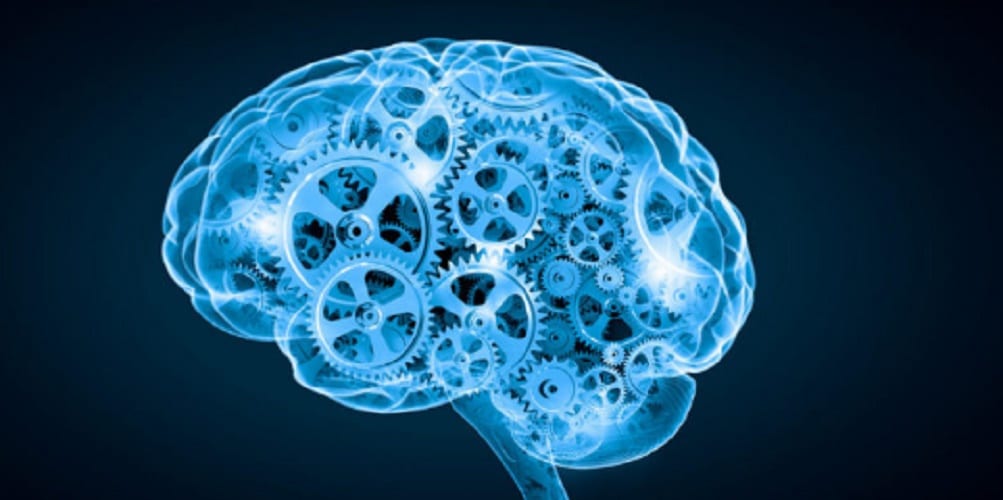What is gray matter?
We explain what gray matter is, what its functions are and where it is located. Also, why is it so important and what is white matter?
-
What is gray matter?
Gray matter or gray matter is known as the element that constitutes certain areas of the central nervous system (brain and spinal cord) of characteristic gray color, composed of neuronal somas (the “body” of neurons) and myelin-dendrites, along with glial cells or neuroglia.
Gray matter is found inside the spinal cord , tending towards the center and towards its sides, in the form of letter H; and in the brain, however, in the external zone except in the basal ganglia, thus forming the cerebral cortex: the most complex nervous structure of the human body.
In principle, since it is not covered with myelin, gray matter does not serve for the rapid transmission of nerve impulses , so it is associated with other intellectual abilities of the human being , although it is not possible to affirm that the greater the mass of gray matter is have greater intelligence, because dolphins have more quantity than human beings.
-
Gray matter function

The gray matter of the brain fulfills the vital function of being the recipient of information and in charge of thinking , that is, of reasoning and memory in its various areas and meanings. From linguistic ability, perception, interpretation, abstraction and a huge number of mental and cognitive functions, they all depend on gray matter and the connections between their multiple types of neurons .
In contrast, in the spine, gray matter operates as a regulator and selector of the information that will be transmitted to the brain , but also as a source of immediate impulses and the so-called “body memory” that allows all reactions not to come from the brain and lighten the work of nervous processing.
-
Location of gray matter
Gray matter is found in the entire brain surface , as it composes the cortex of the brain, the most developed, most complex and most connected area of our entire nervous system. It is also found in the basal ganglia, deep in the cerebellum and in the areas of the thalamus and the hypothalamus.
In turn, it can be found inside the spinal cord , in a H-shaped or butterfly-shaped segment, in the dorsal, intermediate-lateral and ventral spines of the spine, as well as in the intermediate zone (Clarke’s dorsal nucleus ).
-
Importance of gray matter

Medical cases of people injured in regions of the brain rich in gray matter have been seen, and the impact that such lesions can and often have on various areas of human cognitive functioning has been noted: language ability , short-term or long-term memory , associative capacity, learning , etc.
Thanks to this it is known that gray matter is precisely the portion of the nervous system that allowed the emergence of complex , creative and abstract models of thought in primitive humanity. So it was not enough to have a brain of greater volume to possess a human intelligence, but it required a brain with abundant gray matter and a rough crust, which propitiated numerous connections between the neurons that compose it.
-
Gray matter and white matter
Gray matter differs from white matter in much more than its color, determined by the high presence of dendrites with myelin in the latter (myelin is whitish). They are distinguished in the speed of transmission of nervous information, much faster in white matter than in gray, and in the depth at which it is found, since white matter is inside the brain (although the cover of the spinal cord).
For a long time it was thought that the white substance was passive, but today we know that it plays a vital role in the distribution of nerve information and in the modulation of action potentials, that is, it is responsible for basic operational functions that they support the complex processing, which handles gray matter, especially in the brain.





